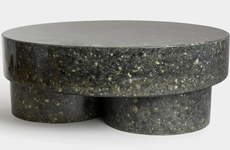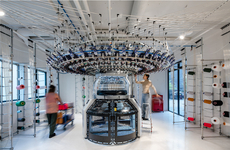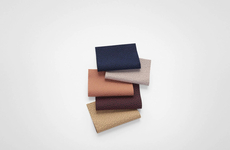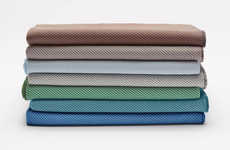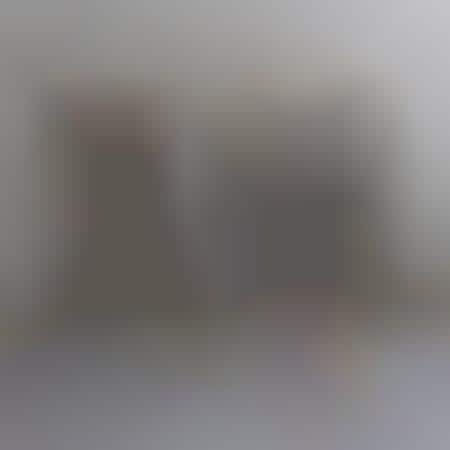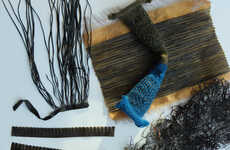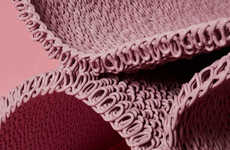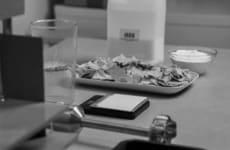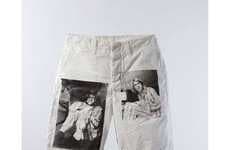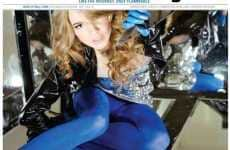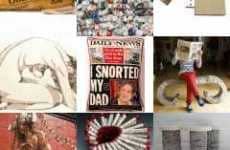
Newspaper Yarn
References: greetjevantiem.nl & dezeen
Greetje van Tiem, a graduate of the Design Academy Eindhoven in the Netherlands, has harnessed her artistic talents to transform old newspapers into yarn, which can be woven into carpets, curtains and upholstery. Each newspaper page can produce about twenty yards of textile material. If you look closely, you can still identify some letters. This creative innovation will be shown at Dutch Design Week 2007.
Implications - Greetje van Tiem claims that "the front page of a newspaper yields no less than twenty metres of yarn, making it possible to transpose yesterday’s news into tangible memories which can be transformed into all kinds of upholstery." Even though you cannot read the stories within the newspapers anymore, the memories will be "kept alive" through these innovative art pieces.
Implications - Greetje van Tiem claims that "the front page of a newspaper yields no less than twenty metres of yarn, making it possible to transpose yesterday’s news into tangible memories which can be transformed into all kinds of upholstery." Even though you cannot read the stories within the newspapers anymore, the memories will be "kept alive" through these innovative art pieces.
Trend Themes
1. Newspaper Yarn - Transforming old newspapers into yarn for textiles, creating sustainable and unique upholstery.
2. Memory Preservation - Using newspaper yarn to create tangible memories and keep stories alive through innovative art pieces.
3. Upcycled Textiles - Repurposing old newspapers into woven carpets, curtains, and upholstery, reducing waste and promoting sustainability.
Industry Implications
1. Textile Manufacturing - Using newspaper yarn in the production of carpets, curtains, and upholstery, offering a novel and sustainable option for the industry.
2. Art and Design - Incorporating newspaper yarn as a material for creating unique and memory-evoking art pieces, offering innovative opportunities for artists and designers.
3. Environmental Sustainability - Upcycling newspapers into textiles and reducing waste in the fashion and interior design industries, promoting eco-friendly practices and circular economy.
4
Score
Popularity
Activity
Freshness

